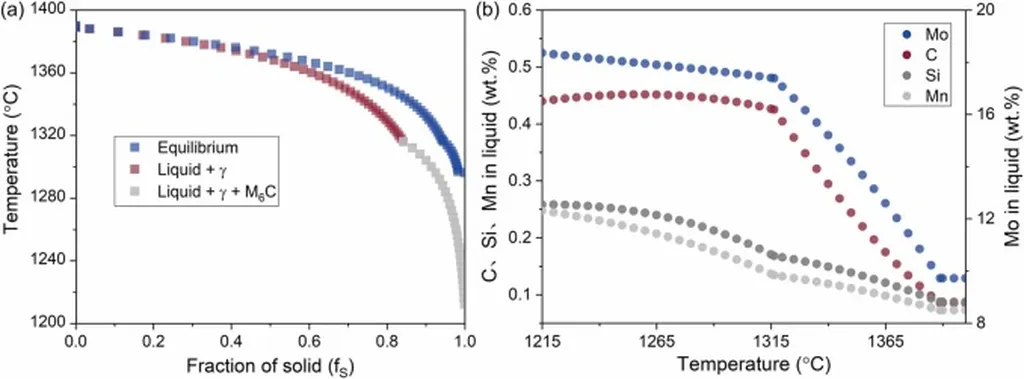In a groundbreaking study published in the journal “IEEE Access,” researchers have unveiled a comparative analysis of Hastelloy C-276 and Hastelloy C-22 superalloys, fabricated using a novel additive manufacturing (AM) process. The study, led by M. D. Barath Kumar from the Department of Mechanical Engineering at Easwari Engineering College in Chennai, India, explores the microstructure, mechanical properties, and residual stress of these high-performance materials, with significant implications for the energy sector.
The research focuses on the fusion-based single pulsed gas metal arc welding (SP-GMAW) AM process, which has garnered attention for its high production efficiency and near-net-shape capabilities. “This process allows us to create complex geometries with minimal material waste, which is crucial for industries like chemical processing, nuclear energy, and maritime applications,” Kumar explained.
The study reveals that both Hastelloy C-276 and C-22 exhibit dendrite structures in their microstructures, but there are notable differences in elemental composition and grain size. The average grain size varies significantly between the top, middle, and bottom portions of the components, with Hastelloy C-22 showing smaller grains compared to Hastelloy C-276. “The grain size distribution is critical as it directly impacts the mechanical properties of the material,” Kumar noted.
In terms of mechanical properties, Hastelloy C-22 demonstrates a higher mean microhardness and tensile strength compared to Hastelloy C-276. The highest recorded tensile strength for Hastelloy C-22 was 772 ± 5.1 MPa, while Hastelloy C-276 displayed a tensile strength of 758 ± 4.1 MPa in the upper regions along the travel direction. These findings highlight the potential of Hastelloy C-22 for applications requiring superior strength and durability.
The study also examines the residual stress distribution in the as-fabricated specimens, revealing that both materials are predominantly impacted by tensile residual stress. Understanding and managing residual stress is crucial for ensuring the integrity and performance of components in high-stress environments.
The research is particularly relevant for the energy sector, where materials must withstand extreme conditions. “The comparative results of this research will be significant in the chemical-based, nuclear energy, maritime, and manufacturing industries,” Kumar stated. The findings could lead to the development of more robust and efficient components, ultimately enhancing the performance and reliability of energy systems.
As the field of additive manufacturing continues to evolve, this study provides valuable insights into the behavior of nickel-based superalloys under advanced manufacturing processes. The work by Kumar and his team represents a significant step forward in the quest for high-performance materials that can meet the demanding requirements of modern industries.
Published in the peer-reviewed journal “IEEE Access,” the study offers a comprehensive analysis that could shape future developments in additive manufacturing technologies and their applications in the energy sector. The research not only advances our understanding of material behavior but also paves the way for innovative solutions that address the challenges of tomorrow’s energy landscape.

